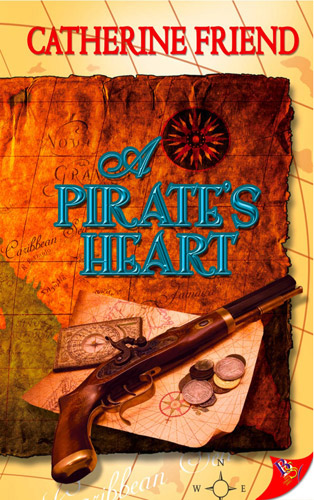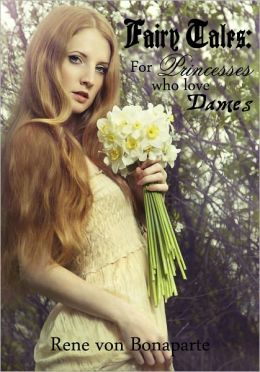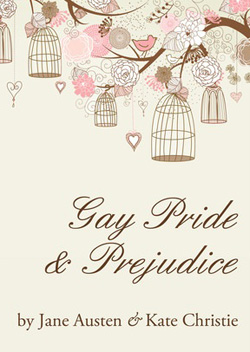Trigger warnings for this book: suicide attempts and ideation, homophobia, violence
Like a lot of Westerners, when I hear about countries with laws against homosexuality, I respond with instinctual aversion: “What a terrible place! I hope any queer people there can leave!” I imagine impediments like the law and its enforcers, economic hardship, language barriers, internalized homophobia.
Luma Mufleh’s memoir, From Here, was humbling. It showed how correct some of my assumptions were, but also how shallow and unempathetic.
Mufleh doesn’t shy away from depicting the homophobia she experienced growing up in Jordan. She shows how it could be terrifying, violent, and isolating. She shows how it made her vulnerable in so many ways. In one anecdote, she recounts learning as a teenager that there were words for people like her.
She refuses to allow that to define either her or her country. Instead, Jordan is her home, defined by her big, loud, loving family. A recurring love for her grandmother’s kibbeh struck me right in the heart. I’m sure many readers will recognize the heart and home of cooking with an older relative. For me, it also brought up memories of my first bite of kibbeh, eaten in the open-air market in Tel Aviv from a stall I identified by picking out letters I had memorized off a postcard.
Maybe some comparable experiences predisposed me to connect with this book, but I believe it can appeal to just about anyone. Who doesn’t understand having a hopeless crush, annoying sibling, or piercing teenage dream? The intimacy of the book humanizes Jordan and Mufleh, and her choice to leave never seems easy. Instead, it’s a wrench, tragically necessary decision that severs her from her sense of safety and immeasurable love.
The book is also a portrait of a woman seeking belonging. It can be and often is heartbreaking, how lost she felt, and how much she shut herself down just to survive. It touches briefly on how little the United States is culturally sensitive to, even aware of people from the Middle East. It can also be hilarious, like her attempt to bribe a cop and mild bewilderment at heavy Boston accents.
One thing surprised me: Mufleh makes little mention of her married life. This is her own tale of identity. Though she mentions her wife and children, though she clearly adores them, they are not centered: this is Mufleh’s story of identity. Often, media portrayals of queerness seem outwardly focused—if you don’t have a girlfriend or a wife or at least a one-night stand, are you even queer? (Yes. Yes you are.) It’s a simplistic, deeply heteronormative idea that queerness exists only as action. Instead, Muflleh’s personal story of her internal queer identity depicts yearning, isolation, and belonging in a way that feel so close it must be universal.







